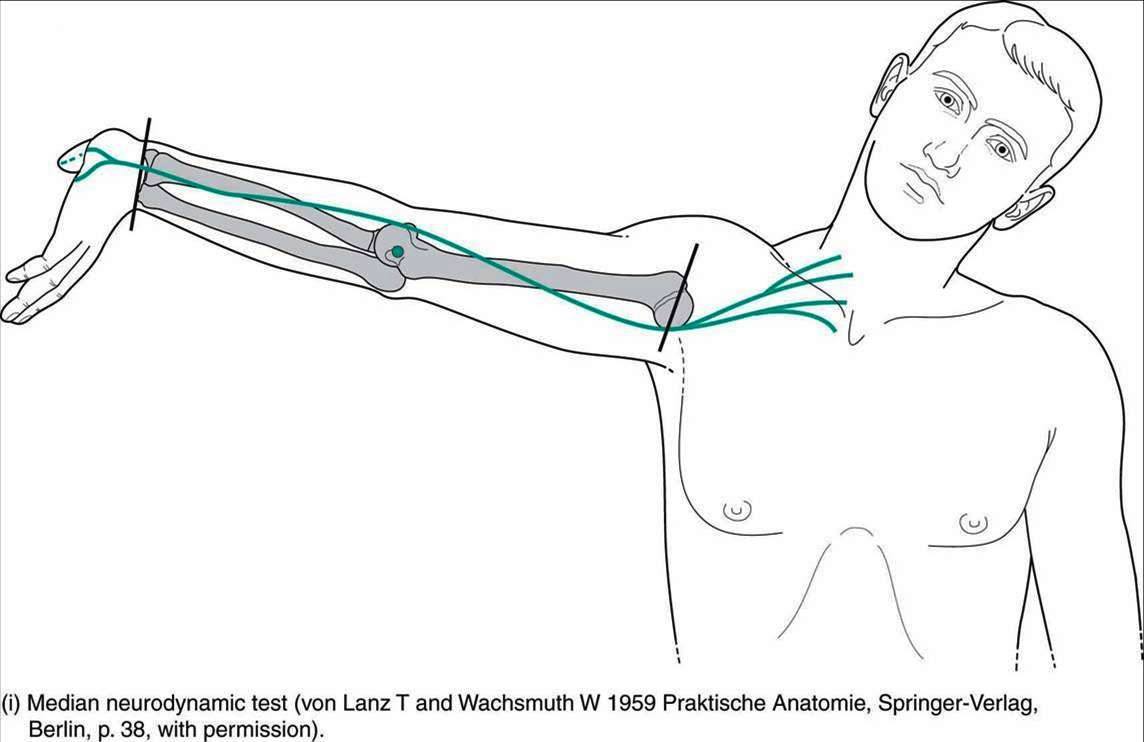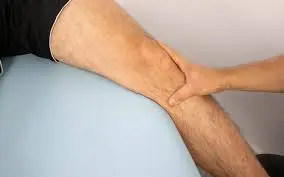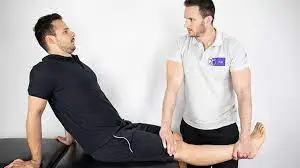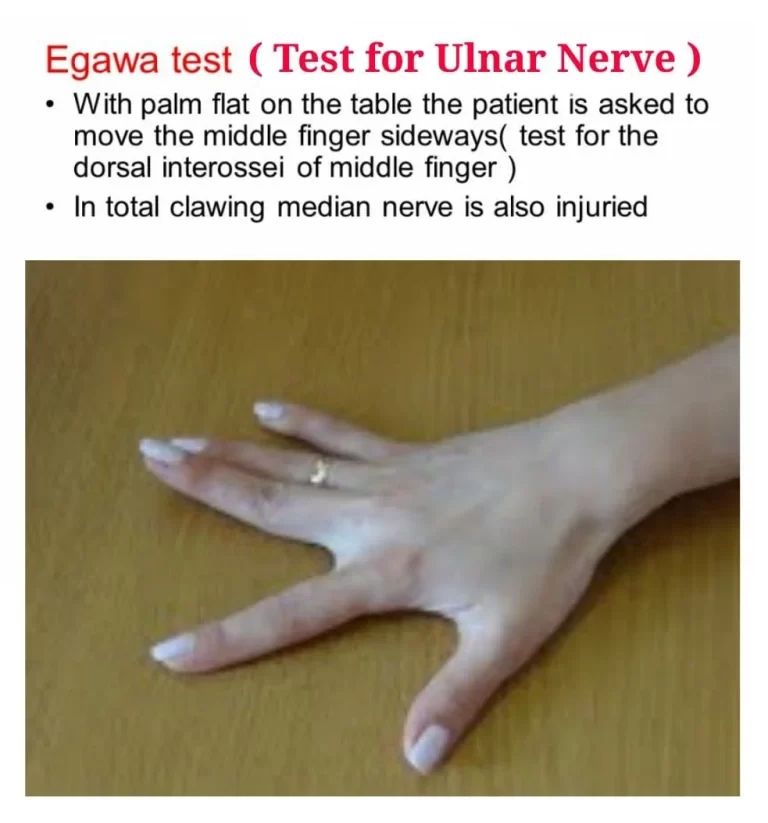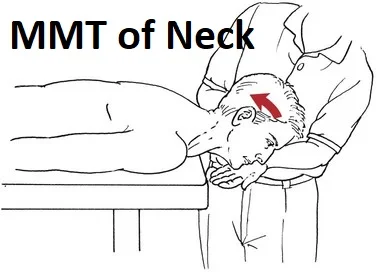Upper Limb Tension Tests (ULTTs)
Table of Contents
Introduction
- A Brachial Plexus Tension or Elvey Test, also famous as an Upper Limb Tension Test, goals to elongate neurological structures of an upper limb in order to place stress on them.
- Elvey was the first one to describe these tests, which are also famous as the Elvey test but are more frequently referred to as a ULTT. A straight leg raise for a lumbar spine is equivalent to a ULTT.
Purpose
- The aim of ULTT is to evaluate the compression as well as mobility of peripheral nerves or as part of the neurodynamic evaluation.
- To confirm the nerve involvement diagnosis, a series of these tests are carried out. It may be utilized for both diagnoses as well as treatment.
- The tests to free the entrapped nerve are carried out following a diagnosis.
Technique
- ULTTs goal is to elicit the symptoms of a patient. It is accomplished by maintaining specific positions for the shoulder, elbow, forearm, wrist, as well as fingers to place stress on the particular nerve (nerve bias).
- Alterations to the position of each joint may also be used as a “sensitizer” to the particular nerves.
A few general points to keep in mind while taking the test
- In layman’s terms, the therapist may briefly explain the procedure to a patient. A patient experiences less anticipation as a result, as well as they become more at ease. Inform a patient that this may or may not cause symptoms, as well as encourage verbal communication whenever a patient experiences discomfort.
- This is important to exercise caution so as not to make the symptoms worse.
On the normal/asymptomatic side, every test is done first.
Performance with the appropriate stabilizing hand, as well as a slow, steady mobilizing hand, is credited with a test’s precision. - Five to ten seconds may not be held in the final motion.
Keep an eye out for erroneous motions that could affect the outcome. Customarily for the upper appendage, the request for joint situating is shoulder trailed by the lower arm, wrist, fingers, as well as finally elbow. - Each joint situating part is added until the aggravation is incited or side effects are imitated. Side flexion of the cervical spine may be added to the tests of the upper limbs to increase sensitivity. There is no requirement to add any more sensitizers if the initial position causes pain.
Positive Test
- The positive test is one that finds one or more of the following:
- Side-to-side deviations in elbow extension greater than 10 degrees were reproduced as symptoms.
- Ipsilateral cervical side bending reduces symptoms, while contralateral side bending increases symptoms.
Upper Limb Tension Test 1 (ULTT1, which measures compression of the Median Nerve) is as follows:
- Tingling sensations in the first three fingers and radiating pain in the upper limb.
- Exercises performed Shoulder depression, shoulder abduction (110 degrees), shoulder external rotation (90 degrees), forearm supination, wrist and finger extension, and elbow extension
- Differentiation structural Symptom proximal: Distal symptoms (provocation): Relieve wrist and finger extension Neck flexion on the opposite side.
- Radiating pain in an upper limb following recent shoulder arthroplasty is one indication of the test.
Upper Limb Tension Test 2A (ULTT2A)
- Recent instability in addition to a shoulder dislocation.
- Exercises performed include shoulder girdle depression, shoulder abduction at 100 degrees, forearm supination, wrist and finger extension, elbow extension, and external rotation with the elbow at 90 degrees.
- Differentiation structural Proximal symptoms: Ease wrist as well as finger expansion
Distal side effects (incitement).
Upper Limb Tension Test 2B (ULTT2B, for checking radial nerve compression)
- Contralateral neck flexion Indications:
- pain radiating from an upper limb.
- Syndrome of the supinator tube.
- The disease of De Quervain.
- Radiculopathy of the neck.
- Exercises performed Shoulder girdle depression, 20-30 degree shoulder abduction, internal rotation, forearm pronation, wrist, finger, and thumb flexion, and elbow extension.
- Differentiation structural Proximal symptoms: Distal symptoms (provocation): Relieve wrist and finger flexion Contralateral the neck flexion.
Upper limb tension Test 3 (ULTT3, for actually looking at Ulnar nerve pressure)
- Carpal tunnel syndrome, pain radiating to the fourth and fifth digits, and thoracic outlet syndrome
- Shoulder girdle depression, shoulder abduction 110, shoulder external rotation, forearm pronation, wrist and finger extension, and elbow flexion was performed.
- Structural Differentiation Symptoms that are proximal: Distal symptoms (provocation): Relieve wrist and finger extension Normal (negative) neck flexion on the opposite side of the body.
Normal symptoms
- Profound hurt or even stretch in the cubital fossa (close to 100%).
- Deep pain or even stretching into the forearm’s anterior and radial sides as well as the hand’s radial side (80%).
- Tingling sensation in the fingers brought about by the proper nerve (nerve bias).
- Stretch in the area of the anterior shoulder.
- With the contralateral cervical side flexion, the responses above increased (90 percent).
- With ipsilateral cervical side flexion, the above responses decreased by 70%.
- Evidence of Diagnostic Accuracy A reference standard for cervical radiculopathy, as determined by nerve conduction studies and needle electromyography.
- -LR = 0.58 +LR = 3.5 Sensitivity = 0.50 Specificity = 0.86
FAQs
The purpose of the Upper Limb Tension Tests (ULTTs) is to measure the length and mobility of the upper limb’s neurological structures. Elvey was the first to describe these tests in 1994. To bias each specific nerve, the tests include specific positions of the shoulder, elbow, forearm, wrist, and fingers.
Upper Limb Tension Test 1/ULTT1/ULNT A for Carpal Tunnel Syndrome and Cervical Radiculopathy. For the neurological structures of the upper limbs, the upper limb tension test is equivalent to the straight leg raise test.
The ULTT evaluates amusement of side effects from extending the brachial plexus by holding the arm outstretched with the shoulder kidnapped to 90°, augmentation, and the wrist and shifting the neck away from the appendage being tried.
The ulnar nerve as well as the C8 and T1 nerve roots will be stressed by ULTT4 or ULTTD. To perform the test, depress the shoulder first, then extend the fingers and wrist, supinate the forearm, and bring the arm into a 90° abduction position. After that, hold the patient’s hand up to his ear.
How to Pass the Test: The patient is lying diagonally on the table, with their shoulder offset from the edge. The doctor is looking down at the patient’s feet. The clinician utilizes thighs nearer to the patient to push down the shoulder. Grab the patient’s hand with the other hand and fully extend the elbow with 10 degrees of abduction.
To ensure that no other nerves are involved and to confirm a diagnosis of radial nerve injury, a doctor may order electromyography (EMG), also known as a nerve conduction study. A nerve biopsy may be ordered in rare instances.

